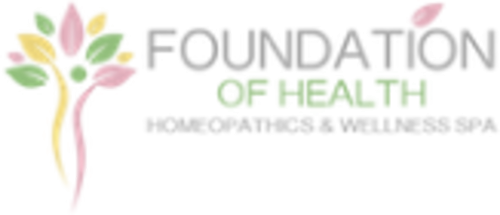What to expect during and after your breast thermography screening
During your thermography screening
Your first appointment will take 30 minutes. You will be greeted by our female technician who will answer any questions you may have.
During this time you will be asked to undress from the waist up to become acclimated to the room temperature (18-22 degrees Celsius). After 15 minutes, the technician will take a series of images including front, lateral, and oblique views.
You will be asked to stand about 10 feet in front of the camera with your arms over your head while three images are taken: front, right side, and left side. After getting baseline images you then are asked to plunge your hands into cold water (around 10 degree Celsius) for 60 seconds. This is known as the stress test which activates your body’s fight or flight response. Normal blood vessels will contract and cool down while blood vessels feeding abnormal cells will not.
The technician will then repeat the process of taking the images for a before-and-after view. The imaging itself only takes a couple of minutes.
After your thermography screening
After 7 business days, your report will be ready for pick-up or mail-out. We encourage clients to pick up their report in person to have a complimentary 15-minute consultation on your thermography results.
This allows you to learn about any issues or potential issues you may have, and receive advice on how to improve your health and help prevent breast disease. The follow-up appointment is complimentary and optional.
What will the report tell you and your healthcare provider?
Your personalized full thermography report comes in color, including the images taken during your scan. This report includes a reporting system called the Marseille System of Classification, which provides strict criteria for rating breast thermography scans. The Marseille System of Classification is internationally used.
The scans are reported on a scale of TH-1 to TH-5:
- TH-1: normal tissue
- TH-2: some changes in tissue, i.e. fibrocystic, but normal response to cold challenge
- TH-3: suspicious tissue activity with areas not responding to the cold challenge and maintaining higher heat areas
- TH-4: abnormal tissue activity with areas not responding to the cold challenge and maintaining higher heat areas
- TH-5: severely abnormal tissue activity with areas not responding to the cold challenge and maintaining higher heat areas
When do I need to come back for another thermography screening?
Follow-up thermography scans are dependent on your individual clinical history and thermography results.
Level TH-1: Provides reassurance the tissue activity is normal. The appropriate follow-up is screening by thermography in one year.
Level Th-2: Suggests that tissue did respond normally to the cold challenge and tissue health can be improved through preventive therapies. Suitable follow-up screening recommended within 9-12 months.
Level TH-3: Indicates that close monitoring through ultrasound and professional examination are advised and preventive therapies are needed. Suitable follow-up screening recommended within 6-9 months.
Levels TH-4 & TH-5: Warrants immediate referral for extra testing on the areas specifically located by the breast thermography alongside a professional examination and other screening methods as indicated and appropriate preventive therapies. Suitable follow-up screening recommended within 1-3 months.
